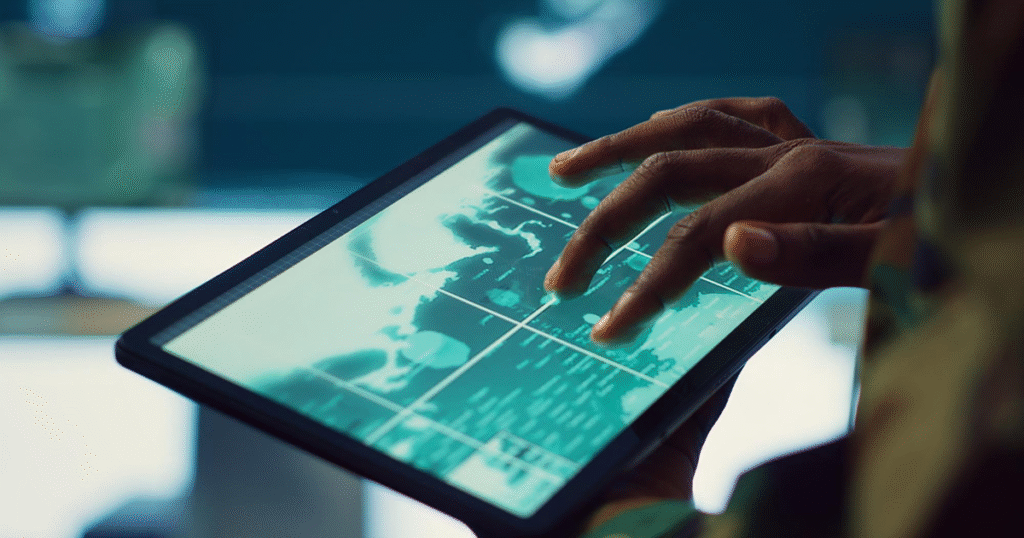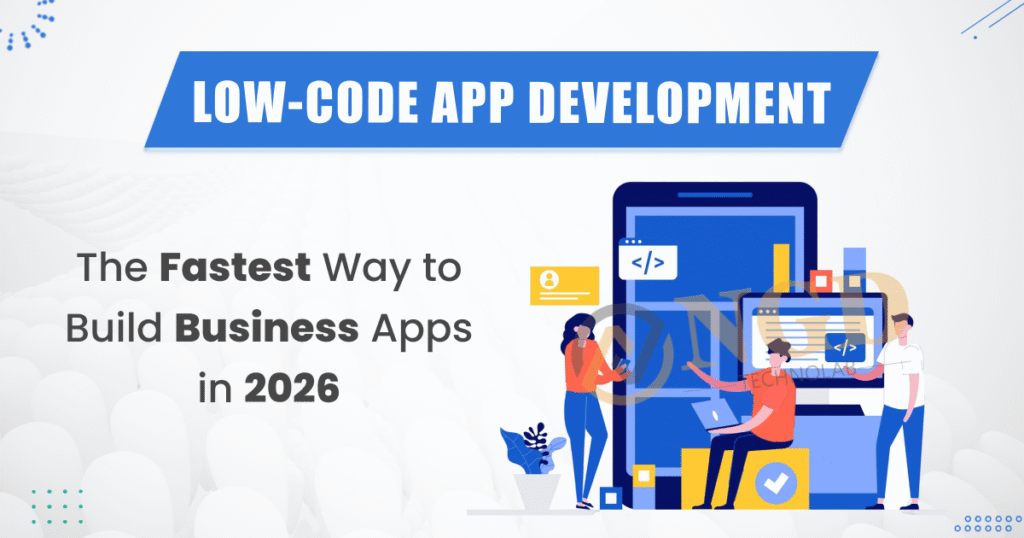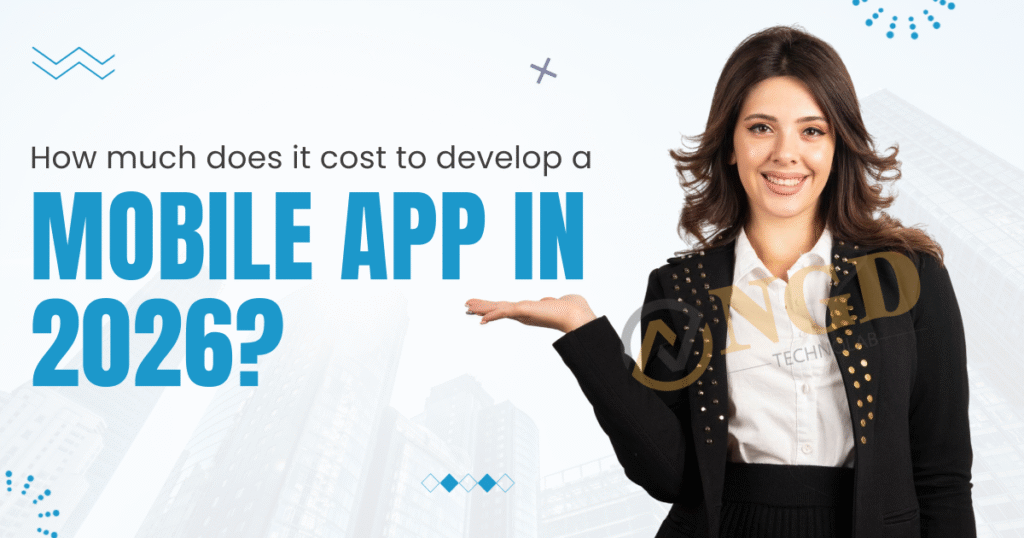The Role of Spatial Computing in Future Mobile App Development
The Role of Spatial Computing in Future Mobile App Development Prashant Padmani Edit Template Mobile app development is moving beyond simple screens and touch interactions. With the rise of spatial computing, apps are starting to understand space, movement, and real-world environments. Spatial computing allows mobile apps to blend digital content with the physical world using technologies like AR, sensors, AI, and 3D mapping. This shift is changing how users interact with apps in industries such as retail, healthcare, gaming, education, and real estate. In the future, spatial computing will play a major role in building smarter, more immersive mobile applications. Table of content Add a header to begin generating the table of contents What Is Spatial Computing and Why It Matters for Mobile Apps Spatial computing helps apps understand the real world around users. Combines digital content with physical space Spatial computing allows mobile apps to place digital objects in real-world locations. Apps can understand surfaces, depth, and distance, creating more realistic and interactive experiences for users. Uses sensors and cameras in smartphones Modern smartphones already have cameras, motion sensors, GPS, and depth sensors. Spatial computing uses these features to track movement, orientation, and surroundings in real time. Moves beyond traditional screen interaction Instead of tapping buttons, users can interact with apps through gestures, movement, and real-world positioning. This makes mobile apps more natural and engaging. Improves context-aware app experiences Apps can react based on user location, movement, and environment. This helps deliver relevant information exactly when and where users need it. Foundation for next-generation mobile apps Spatial computing is becoming the base technology for AR apps, smart navigation tools, and immersive mobile solutions of the future. How Spatial Computing Is Changing User Experience in Mobile Apps Spatial computing creates deeper and more interactive user experiences. More immersive and realistic interactions Users feel more connected to apps when digital content reacts to their real environment. This improves engagement and keeps users interested for longer periods. Better navigation and location-based features Spatial computing helps apps provide accurate indoor and outdoor navigation. Shopping malls, airports, and campuses can use mobile apps for smart guidance. Hands-free and gesture-based interaction Users can interact with apps using gestures or movement instead of touching the screen. This is useful in fitness, healthcare, and industrial applications. Also to read:- Best Mobile App Development Platforms in 2026 Industries Benefiting from Spatial Computing in Mobile Apps Retail and ecommerce applications Retail apps use spatial computing to show virtual products in real environments. Users can see how furniture, clothing, or decor looks before purchasing. Healthcare and fitness apps Healthcare apps use spatial computing for posture correction, physical therapy guidance, and fitness tracking, helping users perform activities correctly. Real estate and property apps Real estate apps allow users to explore properties virtually. Buyers can walk through spaces digitally using their mobile devices. Education and learning platforms Learning apps use 3D objects and interactive visuals to explain complex concepts. This makes education more engaging and easier to understand. Gaming and entertainment apps Games using spatial computing create immersive worlds where digital characters interact with real spaces, increasing user excitement and playtime. Technologies Powering Spatial Computing in Mobile App Development Augmented reality frameworks AR frameworks help developers place digital content into real environments. These tools make spatial computing possible on smartphones.Real estate apps allow users to explore properties virtually. Buyers can walk through spaces digitally using their mobile devices. Artificial intelligence and machine learning AI helps apps recognise objects, understand movement, and predict user behaviour. This improves accuracy and interaction quality. 3D mapping and depth sensing Depth sensors and 3D mapping help apps understand space, size, and distance. This allows precise placement of digital elements. Cloud computing for real-time processing Cloud platforms process large amounts of spatial data quickly. This ensures smooth performance even for complex mobile apps. Integration with IoT and smart devices Spatial computing apps can connect with smart devices, creating connected environments and smarter user experiences. Future Scope of Spatial Computing in Mobile App Development More realistic and interactive mobile apps Future apps will feel less like software and more like real-world experiences. This will change how users expect apps to work. Increased demand for spatial app development Businesses will invest more in spatial computing to stay competitive. This will increase demand for skilled mobile app developers. Growth of mixed reality applications Mobile apps will combine AR, AI, and spatial data to create mixed reality experiences across industries. Better accessibility and usability Spatial computing will make apps easier to use for people with different abilities by reducing reliance on screens and text. Strong impact on business growth and branding Brands using spatial apps will stand out by offering innovative and memorable experiences, helping build stronger customer relationships. Conclusion Spatial computing is transforming the future of mobile app development by connecting digital experiences with the real world. It improves user interaction, engagement, and usability across industries like retail, healthcare, education, and real estate. As smartphone technology continues to evolve, spatial computing will become a standard feature in modern mobile apps. Businesses that adopt this technology early will gain a strong advantage by offering smarter and more immersive mobile experiences. Frequently Asked Questions What is spatial computing in mobile app development? Spatial computing allows mobile apps to understand physical space and interact with the real world using sensors, cameras, and digital content. Why is spatial computing important for future mobile apps? It helps create immersive, interactive, and context-aware experiences that improve user engagement and app performance. Which industries use spatial computing the most? Retail, healthcare, real estate, education, gaming, and fitness industries benefit the most from spatial computing-based mobile apps. What technologies are required to build spatial computing apps? Spatial apps use AR frameworks, AI, machine learning, 3D mapping, sensors, and cloud computing for smooth functionality. How can businesses start using spatial computing in mobile apps? Businesses can start by integrating AR features, using smartphone sensors, and working with experienced mobile app developers to build spatial computing–ready applications. Get
The Role of Spatial Computing in Future Mobile App Development Read More »










